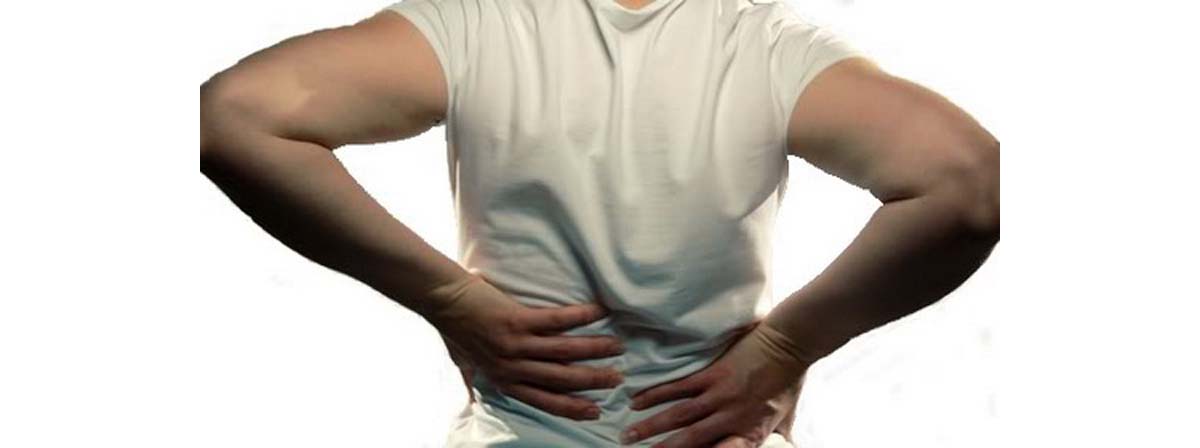Table of Contents
When it comes to going to working out, one of the things that has the biggest influence on how effective your efforts in the gym are is something you don’t even do while you are at the gym. In fact, if you’re like most people, you probably don’t even bother do it at all – and you’re definitely missing out because of it.

There are some sports, like gymnastics and dance, that place a lot of emphasis on your posture and carriage. They tend to be female-dominated in terms of numbers, but people who've carried them to a high level can be spotted later in life by their neat, erect posture. Sports like wrestling and Olympic weightlifting – more typically male-dominated – also strongly influence posture for the better, though not quite so much as something like dance, since in these sports it’s taught as a means to an end rather than as part of the end in itself.
Bad Posture is Everywhere You Look - Including in the Mirror?
We all know that bad posture isn't good for us, but, the truth is, the vast majority of us have never received any real instruction in how to properly stand or hold ourselves, and parents telling their children to sit up straight smacks of Victorian strictness for strictness’ sake to younger people. What training in posture we do receive is accidental: sitting hunched over laptops, as so many of us do, or looking down at our work on the bench or desk or counter, sitting in cars, on public transport, and at home.
Next time you’re walking around the streets, just take a look at all the people around you. Most of them are to some extent kyphotic, meaning that their thoracic spines are curved over too much. That comes from regularly sitting in front of a computer screen – just like you and I are doing right now.
Most of them have cervical lordosis too, meaning that the neck is curved too sharply to make up for the sharper curve of the thoracic spine. And that’s usually matched by lumbar lordosis – the lower back curves in too sharply. After a while, the muscles learn that this is their correct resting length – their tonus – and pull you back into this position.
There are two reasons why posture actually matters, though they’re intertwined.
One is the effect lousy posture can have on your health and well-being, long term, and the other is the effect good posture can have on your training.
Bad Posture Causes Chronic Injuries, Weakness, Pain and Shortness of Breath
English comedy writer Charlie Brooker wrote a piece for a newspaper in 2008 detailing a visit to a doctor, who told him he had degenerating cervical vertebrae at the bottom of his neck, resulting in chronic pain, tingling and numbness in his fingers, throbbing sensations in his arms and neck and shoulder pain, all derived from damage to the nerves emerging from his spine at the damaged vertebrae.
The cause? Looking at computer screens.
A kyphotic thoracic spine increases the pressure inside the chest cavity, resulting in more labored breathing. Head Forward Posture (HFP) – also referred to as Anterior Weightbearing – contributes to the problems caused by kyphosis and the two are often found together.
Those are high figures: loss of 30% of your lung capacity is regarded as a symptom of mild to moderate asthma or chronic obstructive pulmonary disease.And it doesn't go into the damage caused to other internal organs or the low back and neck problems that plague people with poor posture.
Good posture positively impacts your performance in the gym. That’s partly psychological, with studies suggesting a link between good posture and self-confidence resulting in better training outcomes. And it’s partly physical. When you stand wrong, you lose strength as your body pulls against itself instead of the load.
Imagine a paper tube: you can stand something quite heavy on one end and put the other end on the floor and it will hold up just fine – until you bend it. Then, the line of force doesn't run top to bottom, but out the side, and the whole thing collapses. That’s the effect poor posture has on your body in the gym, and fixing it can push up all your numbers, giving you better endurance, better strength and better power – and it makes you look better too.
- Cailliet R, M.D., and Gross L, 'Rejuvenation Strategy,' Doubleday Co., New York NY, 1987.
- Photo courtesy of chiroty by Photobucket : media.photobucket.com/user/chiroty/media/back_pain.jpg.html?filters[term]=back%20pain&filters[primary]=images&filters[secondary]=videos&sort=1&o=6
- Photo courtesy of www.localfitness.com.au by Wikimedia Commons : en.wikipedia.org/wiki/File:Fitball_Group_Fitness_Class.JPG

